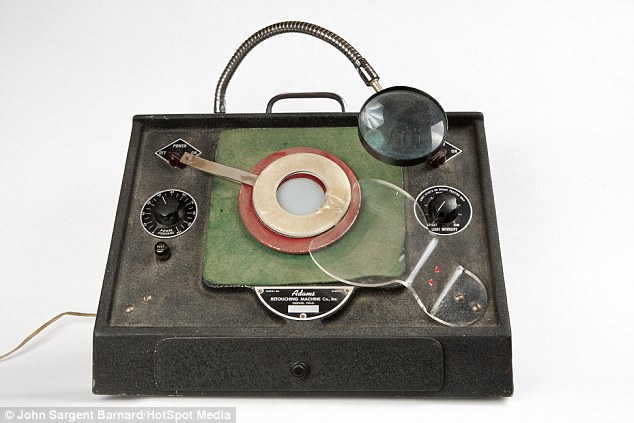How many of you know that Photoshopping is being carried out since 1940s? Yes, news to you all we imagine! About 68 years ago, a machine known as Adam’s Retouching Machine was used to edit pictures and it made use of a retouching pencil and magnifying glass.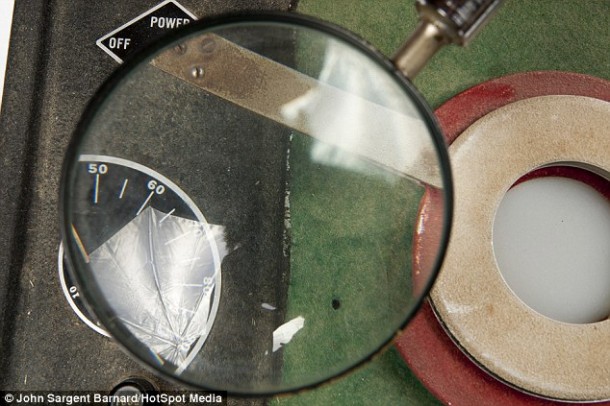
The machine weighed 16 kg and was created back in 1946 and patented in the same year as well. The aim was to enable photographers to rectify and improve their pictures. As compared to today’s approach, photographs were not transferred to computers but a magnifying glass was used to inspect the negatives.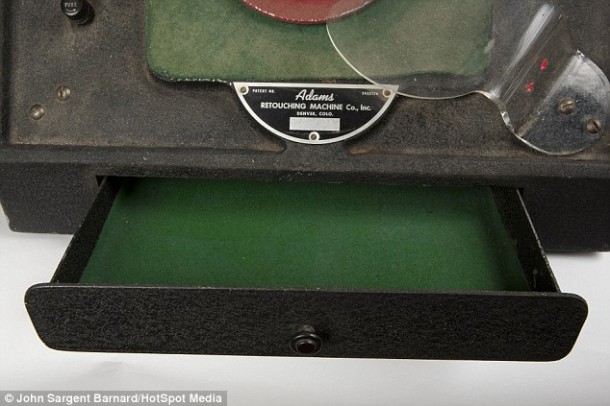
Any blemishes in the picture were taken care of with the retouching pencil that was provided assistance by the machine’s vibrations, gentle in nature of course. Inventor LeRoy Adams from Denver, Colorado created the machine. John Sargent Barnard, American photographer and vintage camera storeowner, restored it recently.
The 27-year old storeowner who is from San Francisco, California purchased this retouching machine from an online auction site for $5. He said, “I had never seen anything like it and when I researched the machine, not much came up. As a professional photo retoucher myself, I was fascinated by it.”
The pressing question, right now, should be how this machine worked. The answer is simple enough; the negative was placed in the center of the device on a green cloth. The negative is then backlit by making use of a fluorescent tube that was located inside the machine. With a magnifying glass, the user could scrutinize the negative and treat the blemishes or tackle any imperfections with the pencil.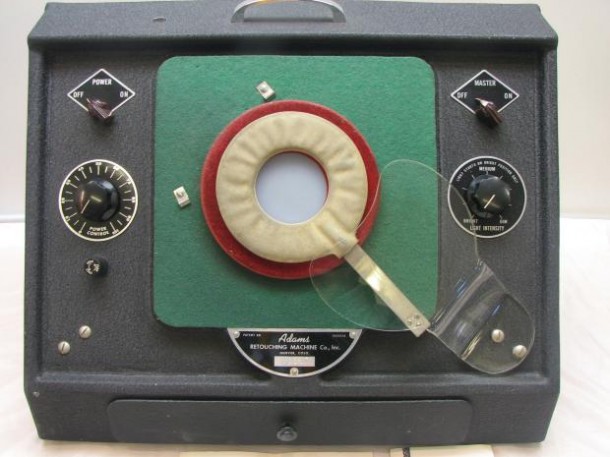
The original patent filing read, “This invention relates to a device for use in retouching photographs. Photographic retouching is done by highly skilled operators who work over the blemish spots on a negative with a retouching pencil. [This] consists of a plurality of microscopic, overlapping check marks or loops which must be so small and so uniform that they will not become apparent on an enlarged print from the negative. The principal object of this invention is to provide means for automatically forming these small, microscopic check marks so that retouching will require less skill and less time.”
Sargent Barnard expressed, “The hardest part when restoring the machine was the amount of dirt and filth. I spent a few hours just removing crud from all over. Although afterwards, it still looked like it had been in someone’s basement for 50 years. The wiring was all really well done and fired up right away. The only thing was the light was busted, and so I had to buy a new one. Only speciality retouchers had this machine, and photographers would often outsource this because the process could take up to six hours. I am not sure how popular it was because only retouchers would have it, hence the lack of information that we have to this day.”
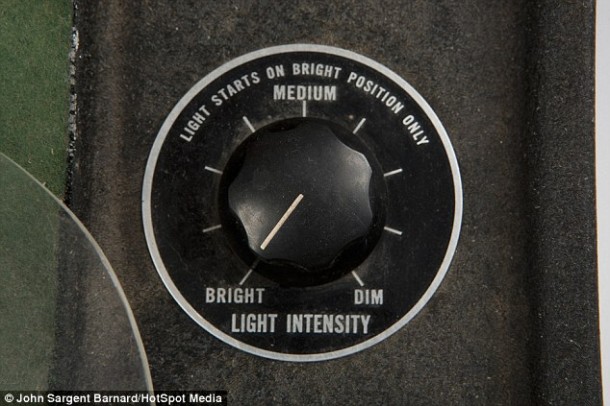 He admits that he tried working with this machine, however, he was unable to master the technique and failed to come up with a perfect picture. He stated, “I tried to use the machine myself but I just ended up ruining the negatives and scratching them. I did not have the right pencil to do the job, plus my hands aren’t steady enough for it, it seems like you have to be quite surgical with this machine.”
He admits that he tried working with this machine, however, he was unable to master the technique and failed to come up with a perfect picture. He stated, “I tried to use the machine myself but I just ended up ruining the negatives and scratching them. I did not have the right pencil to do the job, plus my hands aren’t steady enough for it, it seems like you have to be quite surgical with this machine.”
Once done with the restoration, Mr. Sargent Barnard made a decision to sell this device to a collector in New York for a fee that has been kept undisclosed.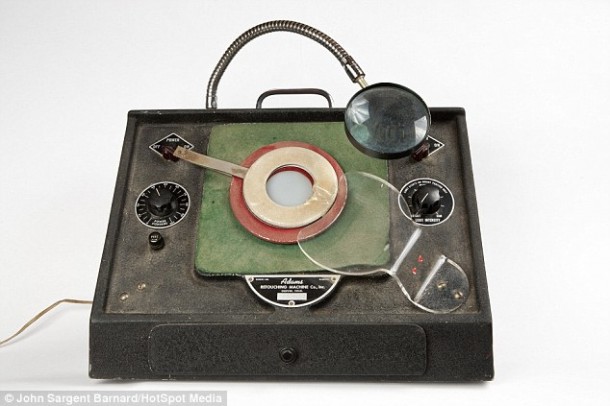
Sargent further elaborated, “Everyone thought I was a bit crazy when I bought the device. People said that it looked like a giant paperweight. I thought it would be a great collector’s item for someone’s photography studio. In the end, a gentleman in New York City bought the piece. However, I am not sure what he used it for.”

